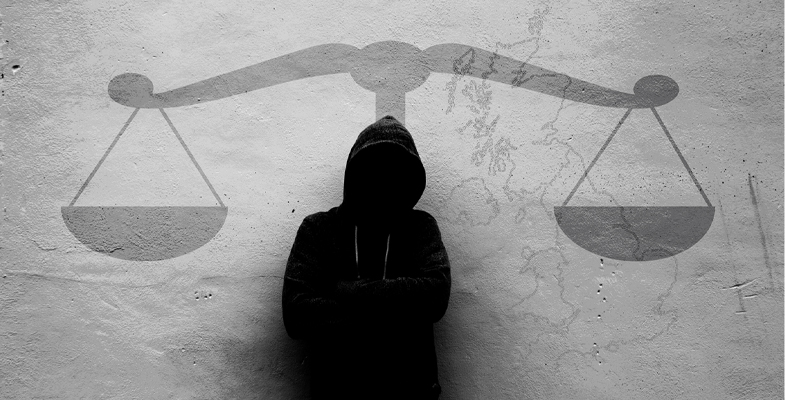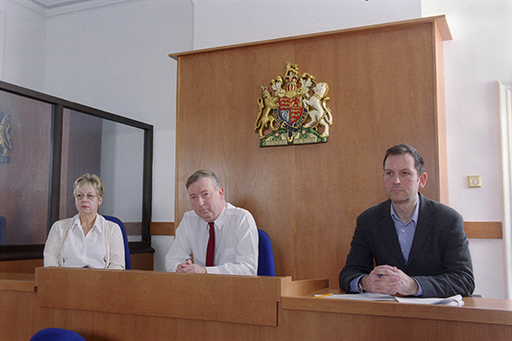1 The Crime and Disorder Act 1998
In Session 1 you encountered some of the legislation associated with children and young people’s behaviour. The Children and Young Persons Act 1969 was referred to as a highwater mark in efforts to emphasise children’s welfare needs over their offending behaviour. For most of the thirty years that followed it was difficult to identify a single system or set of principles concerned with the troublesome behaviour of children in England and Wales. In Scotland, as you will consider in more detail in the next session, legislation confirmed a child’s welfare as the defining principle of the system of intervention with children in trouble.
It wasn’t until 1998 that a single, comprehensive system was established for England and Wales. The Crime and Disorder Act 1998 aimed to deliver on a key election pledge made by the leader of the Labour Party, Tony Blair, to be ‘tough on crime and tough on the causes of crime’. It established that the aim of the youth justice system was to prevent offending by young people. For the first time a single, dedicated system – the youth justice system – was established across England and Wales. In the next activity you will examine the key features of this system.
Activity 1 The youth justice system
The youth justice system in England and Wales draws together the work of the police, the Crown Prosecution Service (CPS), the Courts and the ‘Secure Estate’ (custodial institutions such as Young Offender Institutions or YOIs) – as well as the work of Youth Offending Teams (YOTs).
Read this summary of the provisions of The Crime and Disorder Act 1998 produced by The Open University for the Foundation Degree for the youth justice system workforce:
The Youth Justice System of England and Wales [Tip: hold Ctrl and click a link to open it in a new tab. (Hide tip)]
Having read the summary, choose two of the tasks listed and use the remaining time to briefly describe in your own words:
- two objectives of the youth justice system in England and Wales
- one of the main responsibilities of youth offending teams (YOTs)
Discussion
The establishment of the youth justice system by the Crime and Disorder Act 1998 was a significant event because it introduced a new way of working – the multi-agency partnerships in youth offending teams (YOTs) – within a new unified, national system across England and Wales. Neither had been tried before. The body tasked with the national co-ordination to make this new approach work was the Youth Justice Board (YJB).
From this ‘first look’ at the youth justice system you may have begun to suspect there is more to it than meets the eye. You would be right! In the next activities you can take a closer look.

